Transport accidents accounted for 1.3% of total deaths in the Philippines between January and September 2021, and 1.4% in the same period in 2020. Transport accidents have also been deemed as the 15th top cause of death among Filipinos for 2020 and 2021.[1]
Worldwide, road accidents are still responsible for 1.3 million annual deaths and 50 million injuries.[2]
Although most modern cars are well-equipped to ensure the safety of their occupants, vehicle owners still need to know and familiarize themselves with the different safety features of their cars. Even if you’re a safety-conscious and defensive driver, accidents on the road can happen.
Each car manufacturer has its own set of safety features installed in different car models. If you’re in the market for a new car, aesthetics and price shouldn’t be the only considerations. Make sure the vehicle you'll purchase is safe to drive.
Here are the most important safety features of a car you need to look for.
What are Active and Passive Safety Features in Cars?
There are two types of car safety features: the Active Safety System or Primary Safety System and the Passive Safety System.
Active car safety features refer to parts inside the car that are installed to prevent an accident. On the other hand, passive safety features are designed to reduce the impact of an abnormal event or an accident.
Active Safety Features of a Car
At a glance, here are some active safety features in cars.
| Car Safety Feature | How It Helps |
|---|---|
| Blind spot monitoring | An awareness tool that helps the driver monitor the blind spot over the shoulder |
| Adaptive cruise control | Also known as ACC, helps the driver set the speed limit |
| Automatic emergency braking | Detects a slow-down or sudden stop ahead then alerts the driver |
| Forward collision warning | Alerts the driver of any danger ahead without automatically applying the brakes |
| Lane departure warning | Stops the driver from drifting into the other lanes |
| Lane-keeping assist | Helps the driver stay in the right lane |
| Anti-lock brake system | Helps the driver steer in emergencies by preventing the wheels from locking up |
| Child lock | Prevents passengers from opening the car doors from the inside even if the car isn’t moving |
Anti-Lock Brake System
The anti-lock brake system (ABS) is one of the modern car safety features any vehicle should have. Also known as an anti-skid system, the ABS system of your car should help you steer to safety during emergencies.
What are the Components of the ABS?
The ABS has different parts that work together to allow drivers to steer safely out of potential danger:
- Speed sensors - Installed on every wheel of a vehicle to detect how fast the wheels are rotating
- Valves - Positioned within the brake line to release pressure on the brakes
- Pump - Restores the pressure released from the brakes
- Controller - Receives information from the sensors and controls the valves
How Does the ABS Work?
While this is supposedly a standard feature in most modern cars, it’s still good to check if it has this feature. This feature prevents the wheels from locking when the driver brakes in panic, which helps the driver maintain greater control of the car’s steering in the event of sudden braking.
With ABS, the car doesn’t skid due to locking brakes. Rather, the brakes pulse upon full application, giving the driver a better chance at steering away from trouble. All passenger cars with ABS have four-wheel ABS monitors, while vans, trucks, and sport utility vehicles usually only have two-wheel monitors that control the rear tires of the vehicle.
Read more: BLOWBAGETS Checklist: Why and What You Should Check Before Driving
Adaptive Cruise Control
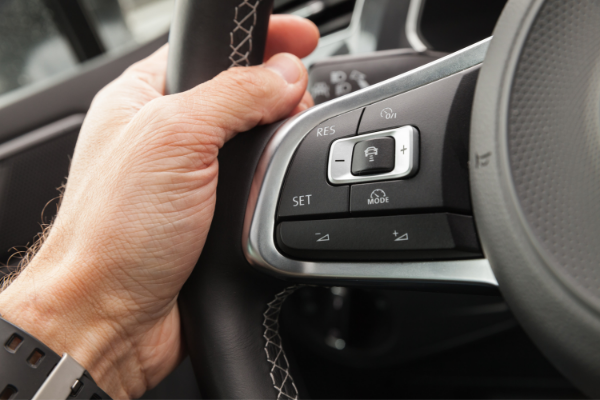
While cruise control is more applicable to regions with very long and wide highways, these can also be useful in expressways here in the Philippines. An evolution of this technology is adaptive cruise control, which uses forward-looking sensors such as cameras and radar to monitor the speed and distance of the vehicle in front.
The system will automatically slow down the car when approaching traffic to maintain a safe distance without the driver doing anything. When the traffic is moving once again, the car will accelerate to maintain the speed that had been preset.
Blind Spot Monitoring
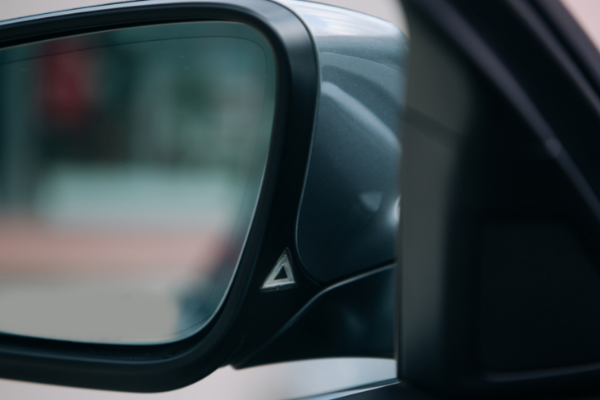
The blind spot monitoring system uses sensors attached to the rear bumper or side mirrors that detect vehicles cruising your lane. If the system identifies a vehicle nearby, it alerts the driver through a visual or audio warning.
Recently, the blind spot monitoring system was improved to actively help the driver from colliding with another vehicle. For instance, if you're planning to change lanes and the system detects a vehicle, it will automatically divert the steering and apply the brakes to avoid accidents.
Some of the cars with the best blind spot detection system include the 2017 Mazda 3, the 2018 Chevrolet Equinox, the 2017 Ford F-150, and Subaru and Toyota cars.
Automatic Emergency Braking
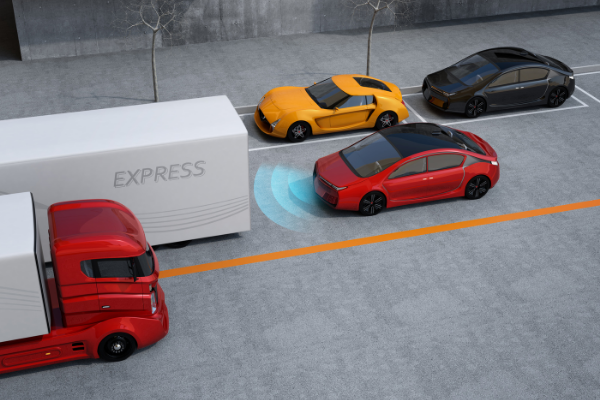
This detects a possible collision and activates an autonomous braking ability to slow down the vehicle. The AEB is a technology that uses cameras and radar to detect dangerous situations and reduce speed to minimize the impacts of a collision.
Although AEB is very useful when driving, there are instances when it gets activated unnecessarily. Thus, drivers need to be cautious about the following:
- Shadows being detected by the system considering them as harmful objects ahead
- Metal road signs
- Cars that are parked on the side of the road, especially within a curve
- Steep driveways potentially activating reverse or forward automatic braking system

Forward Collision Warning
With the use of lasers, cameras, and radars, forward collision warning detects vehicles that are stopped, slowly moving, or parked ahead of you. The system warns you through beeps or through vibrations on your seat. More advanced forward collision systems tighten your seatbelt and charge the brakes to make it easier for you to stop.
Most forward collision systems are already activated by default, especially when your vehicle starts running. If you don’t have a pre-installed forward-collision warning device, then you must always maintain a safe following distance from the car in front of you.
See more: 10 Auto Repair Shop Options for Your Next Car Tune-Up
Lane Departure Warning
This safety feature of a car alerts you when your tires touch a lane marker. This will help you avoid crashes when leaving your lane or drifting away from it by steering the wheel or creating a gentle vibration on your seat. Remember that this safety device in a car doesn’t activate when your turn signal is on.
Lane Keeping Assist
The lane-keeping assist system (LKAS) helps you maintain your lane. It can also help you go back to your lane if you accidentally drift out. This safety technology highly depends on the road’s lane markers in order to function.
Child Safety Lock
This car safety feature prevents children from opening the door, resulting in them falling out of the vehicle unintentionally. Parents of toddlers who occupy the back seat of a vehicle should see to it that a child safety lock is installed. Child locks are switches installed on the rear doors, providing the driver with control to lock or unlock the car doors.
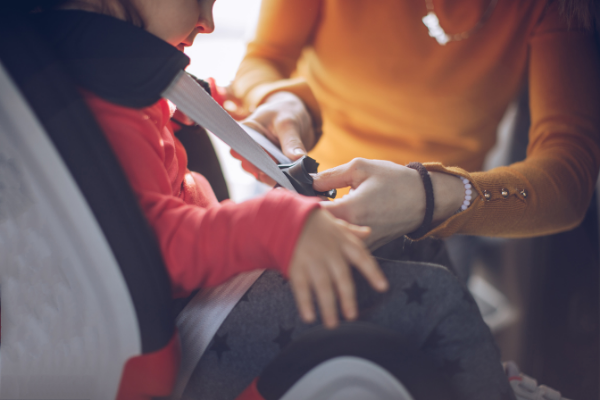
Child safety locks and window locks work best when used with seat belts that secure your kids and protect them against injuries during a collision. Make sure your kids are properly seated before activating any child safety device features of your car.
Read more: Need to Upgrade Your Ride? You Can’t Go Wrong with These Car Accessories Stores
Passive Safety Features of a Car
The passive safety features of a car are installed to reduce the damage caused by unavoidable car accidents. These safety features are the following:
| Car Safety Feature | How It Helps |
|---|---|
| Seat belt | Secures the driver and the passenger to keep them inside during a collision |
| Airbags | Shields the passenger and the driver from incurring injuries during a crash |
| Deformation zone | Also known as crumple zones, created to take and absorb the impact of a crash |
Seat Belt
One of the most common safety features of a car is the seat belt. Buckling up can secure you inside the vehicle and prevent you from being ejected in the event of a crash. This basic safety feature also reduces the risk of passengers colliding with the windshield, the dashboard, or the steering wheel.
The government has approved into law Republic Act 8750[3] requiring the mandatory use of seat belt devices by motorists of private and public vehicles. The Seat Belts Use Act of 1999 also requires vehicle manufacturers to install seat belt devices in all their manufactured vehicles.
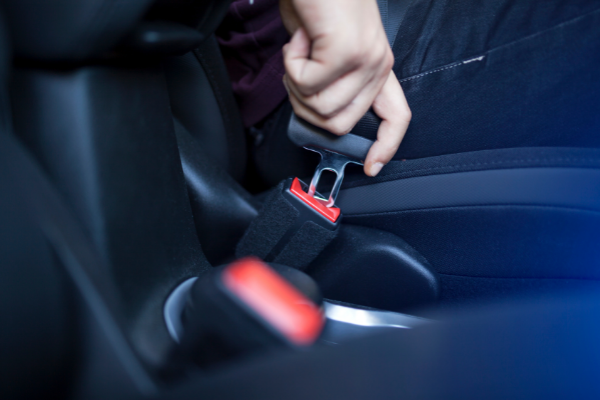
This means all passengers of a running private or public vehicle are required by law to wear seat belts. Backseat passengers still need to buckle up, especially children.
Adults who are in the back may still need to buckle up but may not be required to do so for medical reasons. Passengers who refuse to wear their seat belts will not be allowed to continue the trip.
Modern seat belts are now improved with an adjustable upper belt that allows the shoulder strap to be repositioned to accommodate the driver’s size. Some higher-end vehicles also have a seatbelt pre-tensioner that automatically retracts the seat belt so excess slack is removed when there’s a crash.
Likewise, check if the seat belt has energy management features that give the strap some yield and doesn’t concentrate its energy on your chest. If you have young children, check if the car has rear center seat lap/shoulder belts.
If you have babies or toddlers, child seats and booster seats are the best way to keep them safe within the vehicle. Check if the car has ISOFIX standard attachment points, where you can strap or hook safety seats.
How Do Seat Belts Work?
The functions of seat belts are founded on Newton’s Laws of Motion. If a person fastens his seat belt during a car crash, he’s locked in place, preventing any unbalanced force that may drag him in different directions. The person then moves straight forward against the seat belt, until he gets pushed back into his seat by the device. This function controls deceleration, minimizing the risks which may be imposed on the person during a crash.
Further reading: Car Maintenance Checklist to Curb the Summer Heat
Airbags
Safety features of a car like airbags prevent injuries during a collision. Airbags are made up of a safety cushion that shields the passenger against the harmful impacts of a crash.
Modern airbags are calibrated to consider the weight, position, and features of a driver or a passenger. An air bag system has multiple sensors and a control module. In case of accidents, the sensors are compromised, thus sending signals that trigger the activation of airbags.
How Do Airbags Work?
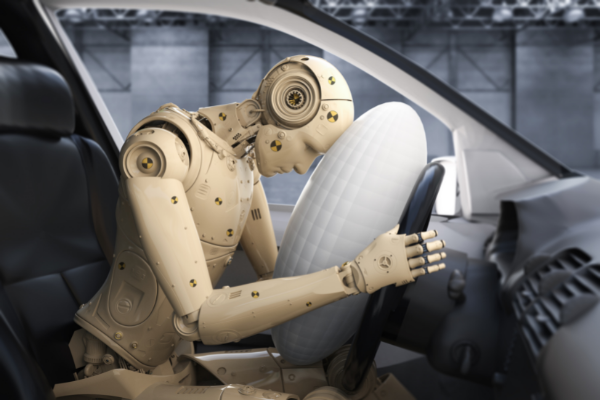
Air bags are packed and kept in a compartment, especially near the dashboard or the steering wheel. The bags contain propellants and initiators that sense dangers set by predetermined conditions. Collisions send signals to the initiators that ignite the propellants, which rapidly fill the air bags with nitrogen gas. The inflated airbags will then serve as your protection against injuries and more severe conditions during a crash.
What are the Different Types of Airbags?
Front airbags prevent the occupants from hitting the windshield, steering wheel, or dashboard in case of impact. Side or curtain airbags, on the other hand, prevent car occupants from hitting the door and shield occupants when objects crash through the door.
The air bags themselves are more effective when used in tandem with seat belts―which is why they’re called secondary restraint systems (SRS). While front airbags cushion occupants from the impact of a head-on collision, it doesn’t offer protection from side and rear impacts and rollovers.
Are Airbags Safe for Children?
Airbags have definitely saved many lives, being one of the safety devices installed on vehicles. However, these may not be appropriate for everyone. Children under 12 years are not advised to be seated in the front seat. Airbags inflate rapidly and then strike the car seat, which may lead to brain injuries and death of young people.
Crumple Zones
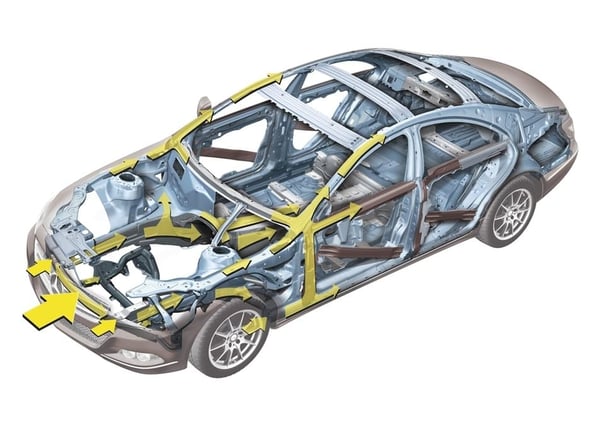
Crash zones or crumple zones are designed to absorb the impacts of collision, thus crumpling or deforming after the crash. They vary depending on the weight and size of the vehicle. Aside from absorbing the kinetic energy produced in a collision, crumple zones also allow the impact to be distributed to the different parts of the car.
Final Thoughts
Driving or riding your own vehicle definitely feels much safer compared to commuting. But being safe isn’t just about avoiding the crowd of commuters. It’s also making sure that you have the most important safety features of a car.
If you think your car lacks these safety features, then it’s time for you to get them. Invest in these car safety features to keep you and your loved ones safe every time you hit the road.

Sources:
- [1] Amid NCR Pandemic Curbs, Road Mishaps Kill 345 People Everyday (Business Mirror, 2022)
- [2] Road Accidents Cause 1.3 Million Annual Deaths Worldwide (Philippine Star, 2021)
- [3] Republic Act No. 8750 (Lawphil.net, 2022)









